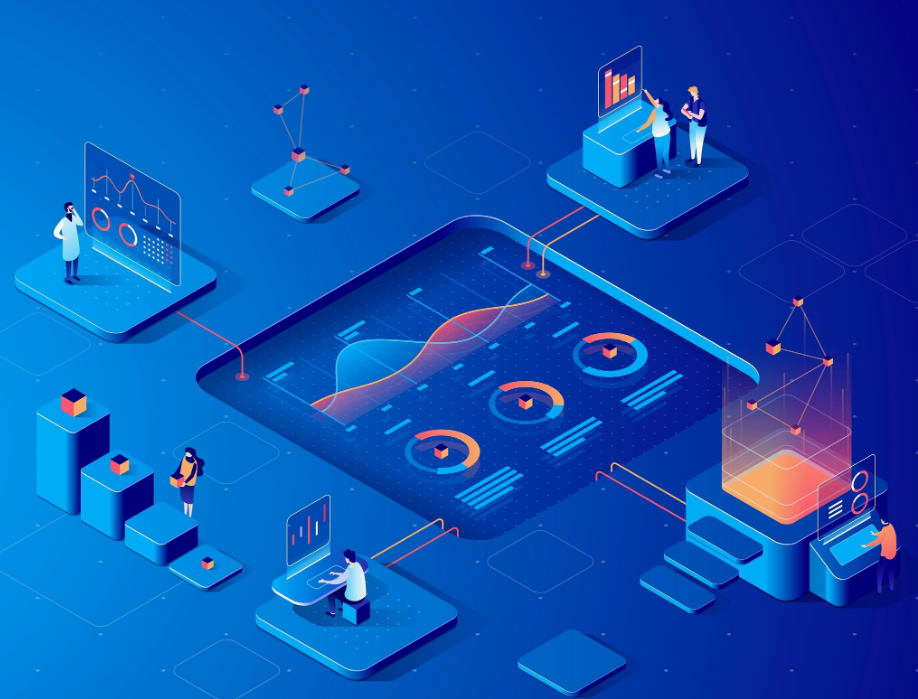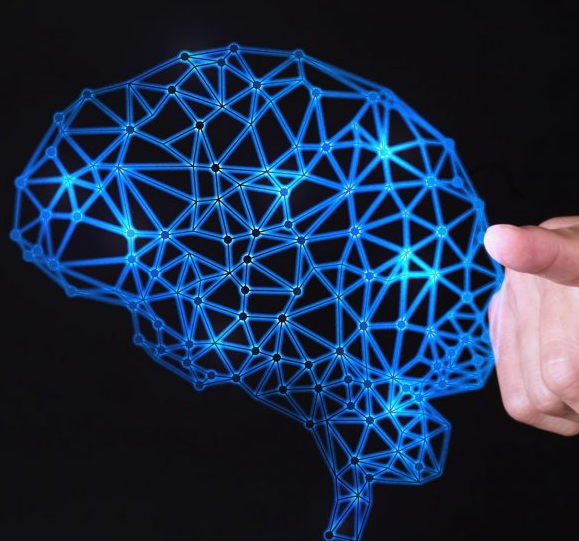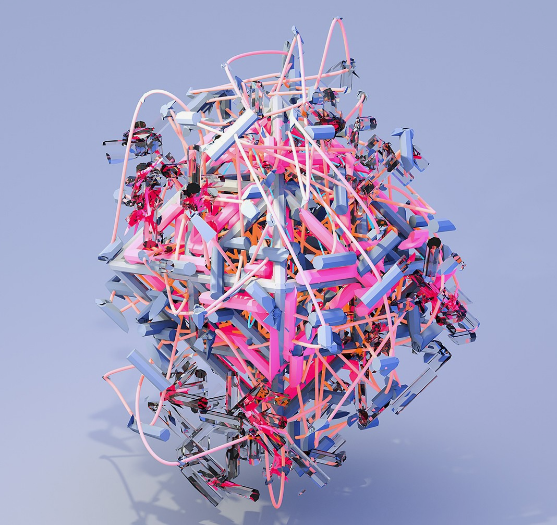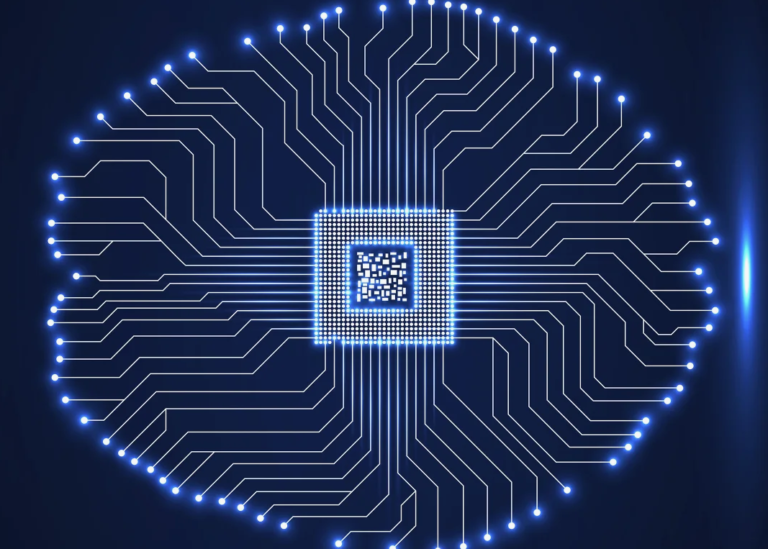3D Model AI Generation
Generate AI models for 3D modeling by defining the problem, preprocessing data, selecting an algorithm, training, evaluating, testing, deploying, and monitoring the model. Creating AI 3D models involves using services like Meshy and 3DFY.ai to generate realistic and detailed models. These AI-driven tools leverage artificial intelligence to streamline the modeling process, making it efficient and accurate. By harnessing the power of AI in 3D modeling, businesses and individuals can create high-quality models for various applications, from animations to virtual simulations, with ease and precision.
These advanced tools offer a range of features and customization options to cater to diverse modeling needs, ensuring impressive and professional results every time.
3D Model AI Generation

The Evolution of 3d Modeling- 3D Model AI Generation
3D Model AI generation and The Evolution of 3D Modeling have revolutionized the design and animation industries. With the integration of Artificial Intelligence (AI) into 3D modeling, traditional techniques are being redefined, leading to more efficient and advanced processes.
Traditional 3d Modeling Techniques- 3D Model AI Generation
Traditional 3D modeling involves manual creation and manipulation of vertices, edges, and polygons to form three-dimensional objects. Artists use software like Maya, 3ds Max, and Blender to sculpt and texture models, which can be time-consuming and require a high level of skill and precision. The process also involves rigging and animating the models to bring them to life, often requiring extensive manual input and adjustments.
Introduction of AI In 3d Modeling
The introduction of AI in 3D modeling has streamlined the design process by automating certain tasks. AI algorithms can analyze and interpret data to generate 3D models based on predefined parameters, significantly reducing the time and effort required for model creation. Additionally, AI-driven tools can assist in tasks such as texture generation, rigging, and animation, optimizing the overall workflow and enhancing the creative possibilities for artists and designers.
AI-powered 3d Model Generation
Introduction paragraph about 3D Model AI Generation and AI-Powered 3D Model Generation…
How AI Transforms 3d Modeling
Artificial Intelligence revolutionizes 3D modeling by streamlining the process, enhancing accuracy, and speeding up design iterations. AI algorithms can automate complex tasks like shape recognition, texture mapping, and lighting adjustments, enabling designers to focus on creativity.
Advantages of AI In 3d Model Generation
The utilization of AI in 3D model generation offers numerous benefits such as increased efficiency, cost-effectiveness, and precision. AI algorithms optimize resource utilization, reduce design errors, and accelerate project timelines, leading to enhanced overall productivity.

Applications of AI-generated 3d Models
3D Model AI Generation and Applications of AI-Generated 3D Models
Virtual Reality and Augmented Reality
The use of AI-generated 3D models has revolutionized the fields of virtual reality (VR) and augmented reality (AR). These technologies rely heavily on realistic and immersive visual experiences, and AI-generated 3D models have made it easier to create lifelike virtual environments and objects. With AI algorithms, developers can quickly generate high-quality 3D models that can be used in VR and AR applications. This has opened up new possibilities for industries such as architecture, interior design, and real estate, where clients can now experience virtual walkthroughs of buildings and spaces before they are even constructed. Additionally.
Gaming Industry Impact
The impact of AI-generated 3D models on the gaming industry cannot be overstated. Traditionally, game developers had to spend significant time and resources creating 3D models from scratch. With AI algorithms, however, developers can now generate 3D models automatically, saving both time and effort. This has allowed game developers to focus more on gameplay mechanics and storytelling, rather than spending excessive time on creating assets. AI-generated 3D models have also improved the overall visual quality of games, making them more immersive and realistic. Additionally, the use of AI-generated 3D models has enabled procedural content generation, where AI algorithms can create entire game worlds and levels dynamically.
Challenges and Limitations
Introduction paragraph about 3D Model AI Generation and Challenges and Limitations…
Quality Control Issues
When creating 3D models using AI, ensuring quality control is crucial. Issues may arise in accuracy, detail, and consistency. It’s essential to monitor the output closely and make necessary adjustments. Quality assurance processes should be in place to maintain high standards.
Ethical Considerations
Ethical considerations play a significant role in AI-generated 3D models. Issues such as bias in data, potential misuse of AI models, and privacy concerns must be addressed. Transparency in the creation process and adherence to ethical guidelines are essential to mitigate any ethical dilemmas.
Future Trends In AI-driven 3d Modeling
3D Model AI Generation and Future Trends in AI-Driven 3D Modeling…
Generative Adversarial Networks (gans) In 3d Modeling
Generative Adversarial Networks (GANs) play a significant role in 3D modeling. They are capable of creating realistic 3D models by training on a dataset of existing models. GANs work by generating data through two neural networks, the generator and the discriminator, which compete against each other to create high-quality outputs. This technology enables the creation of 3D models with impressive levels of detail and realism.

Automation and Customization
The integration of AI in 3D modeling has led to the automation of various tasks, such as texture mapping, rigging, and animation. This automation significantly speeds up the process of 3D model creation, allowing artists to focus more on creative aspects rather than repetitive tasks. Furthermore, AI enables the customization of 3D models based on specific requirements, such as adjusting parameters, altering designs, and personalizing details to cater to diverse needs.
Conclusion
Generating AI models for 3D animation and modeling has become more accessible than ever before. With the right tools, you can define the problem, gather and preprocess data, select the appropriate algorithm, train and fine-tune the model, test and deploy it, and even monitor and maintain it. Whether you’re a professional animator or a hobbyist, AI can help you create stunning 3D models that are both efficient and cost-effective.







